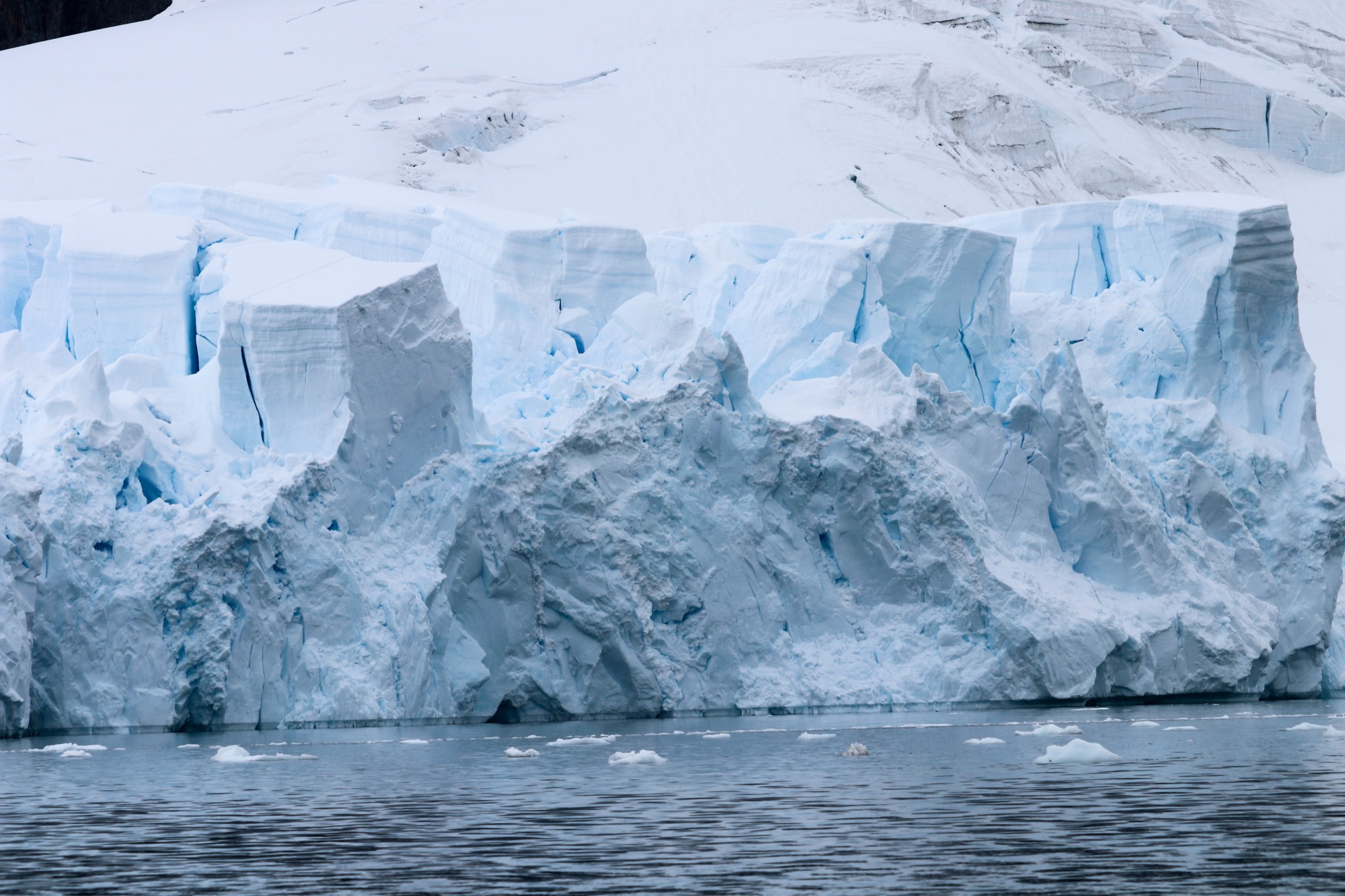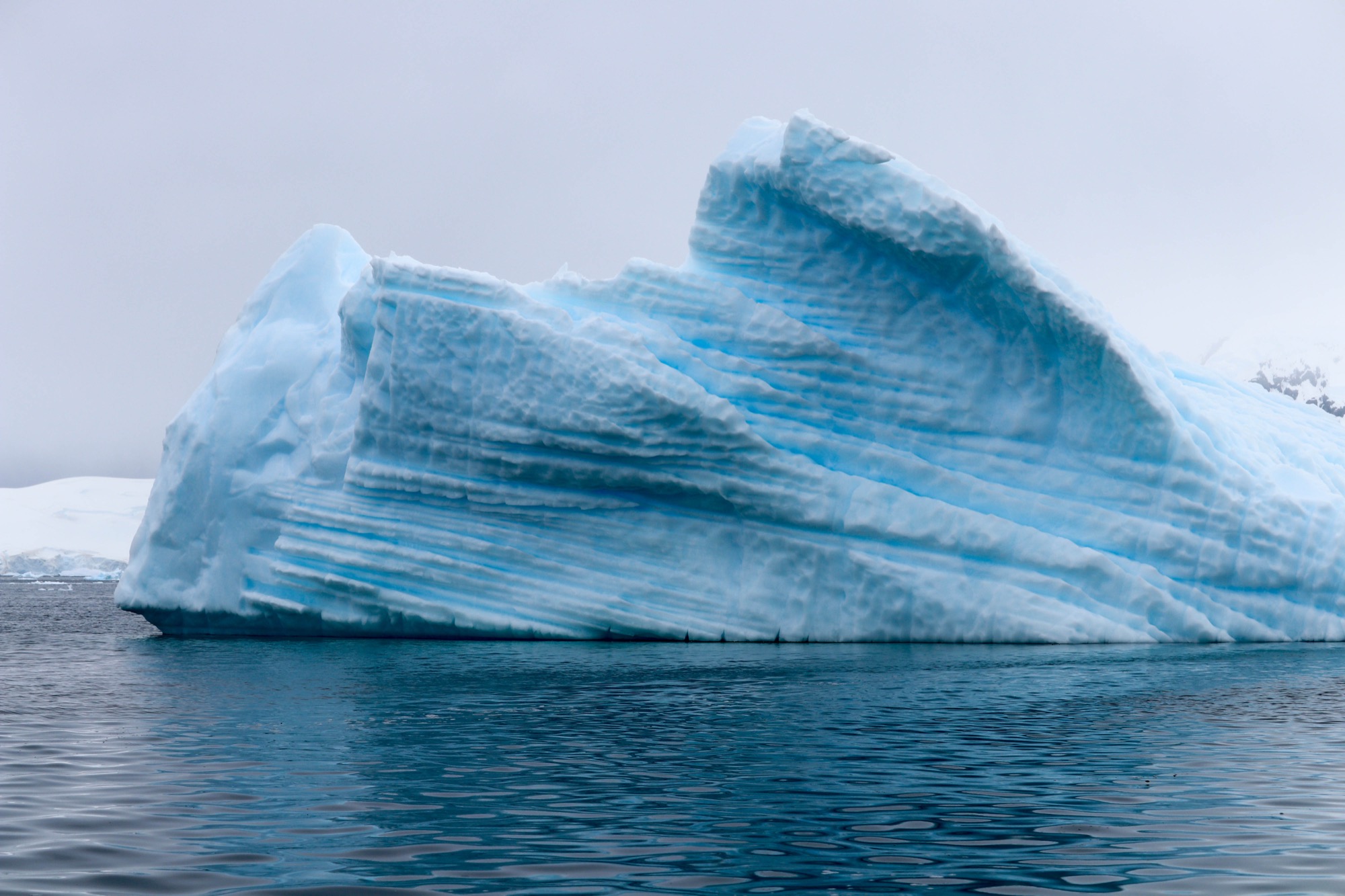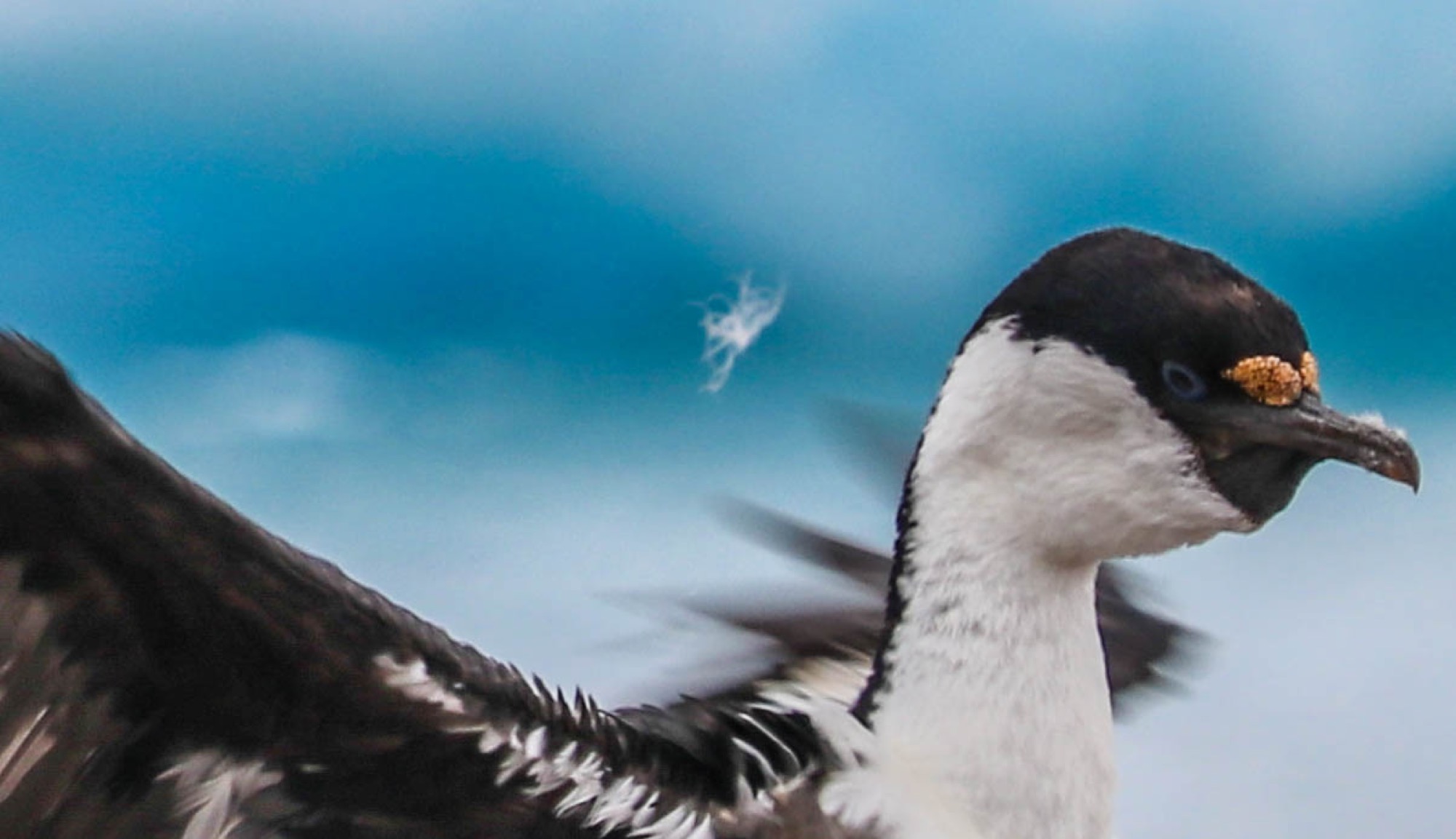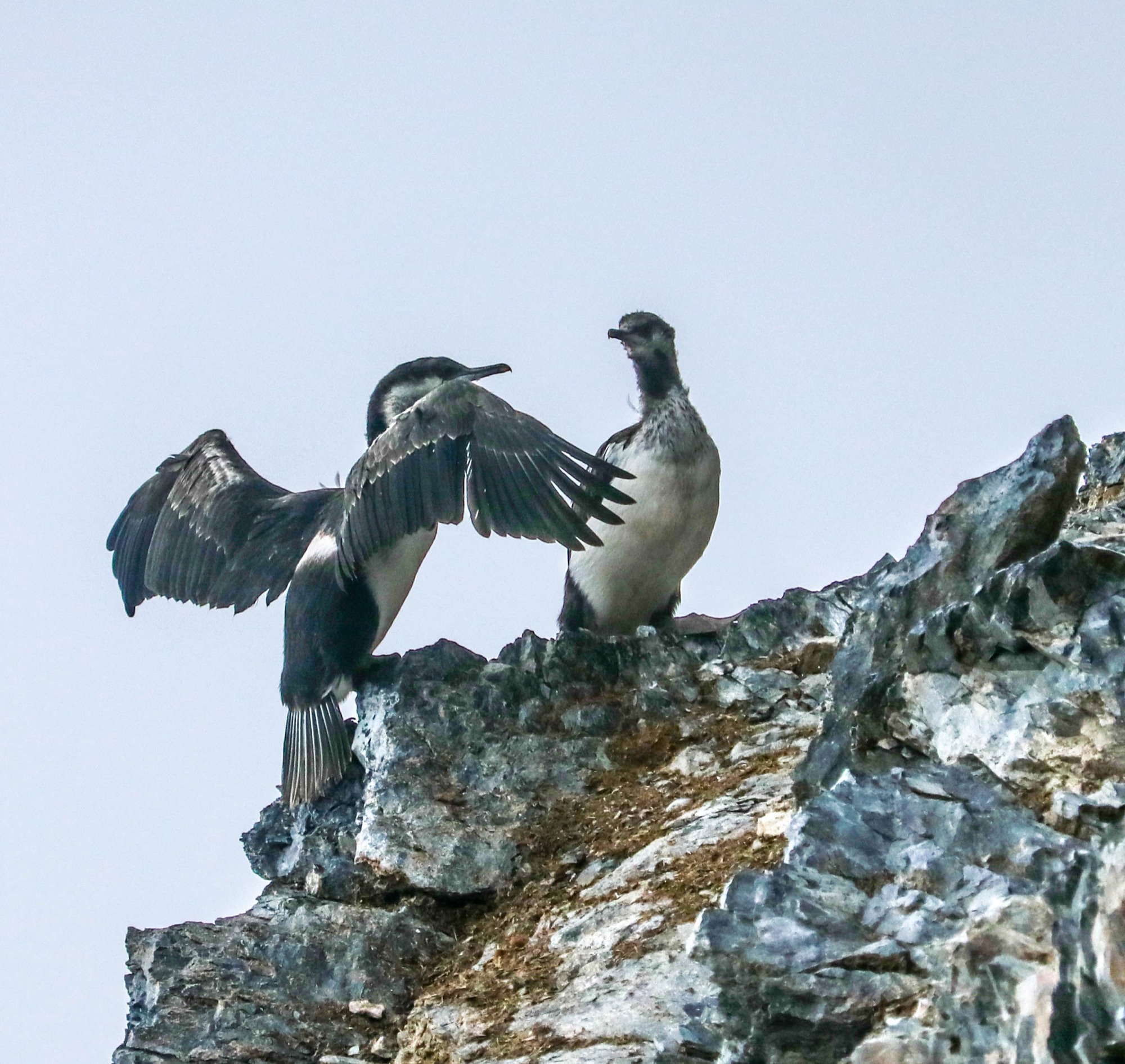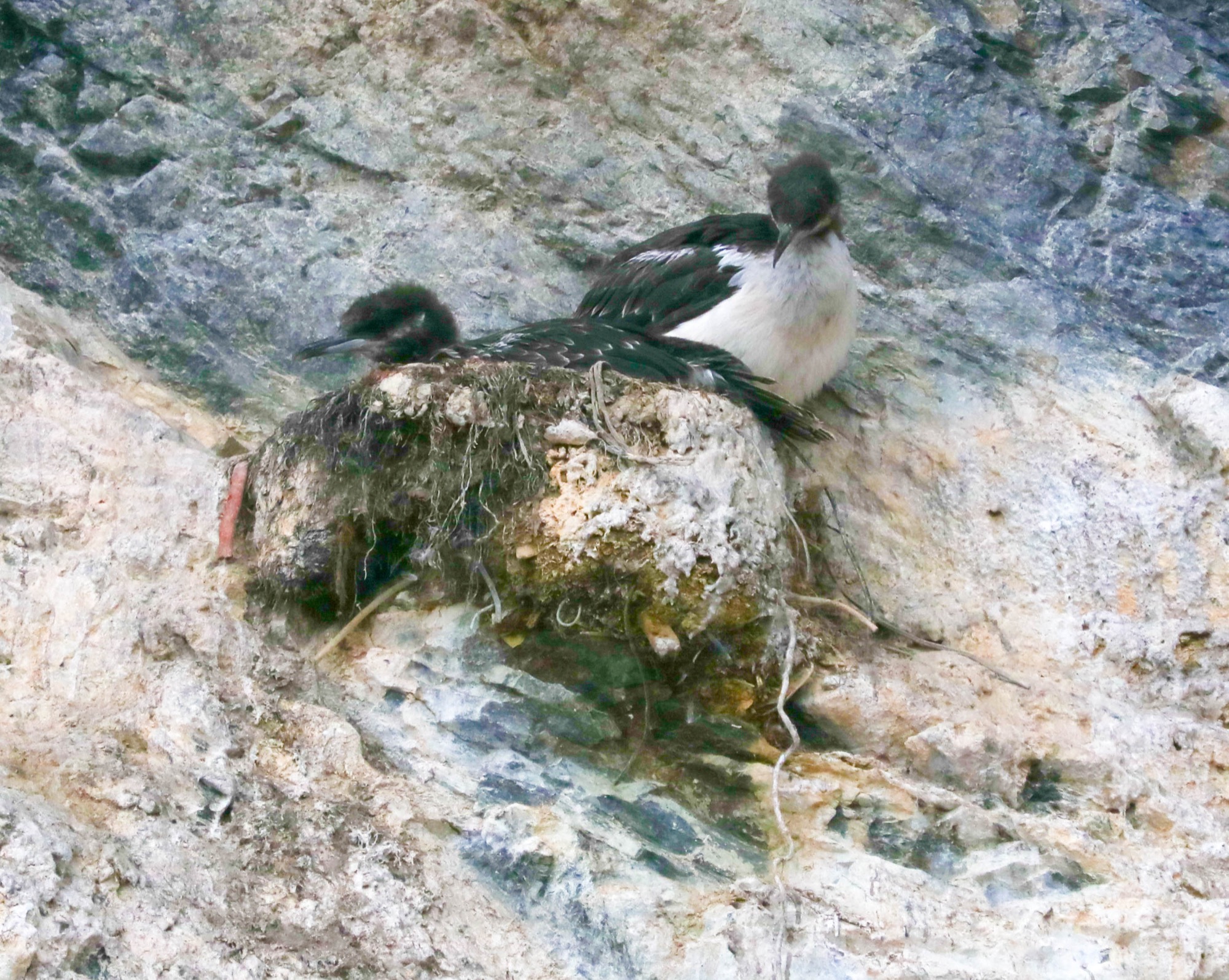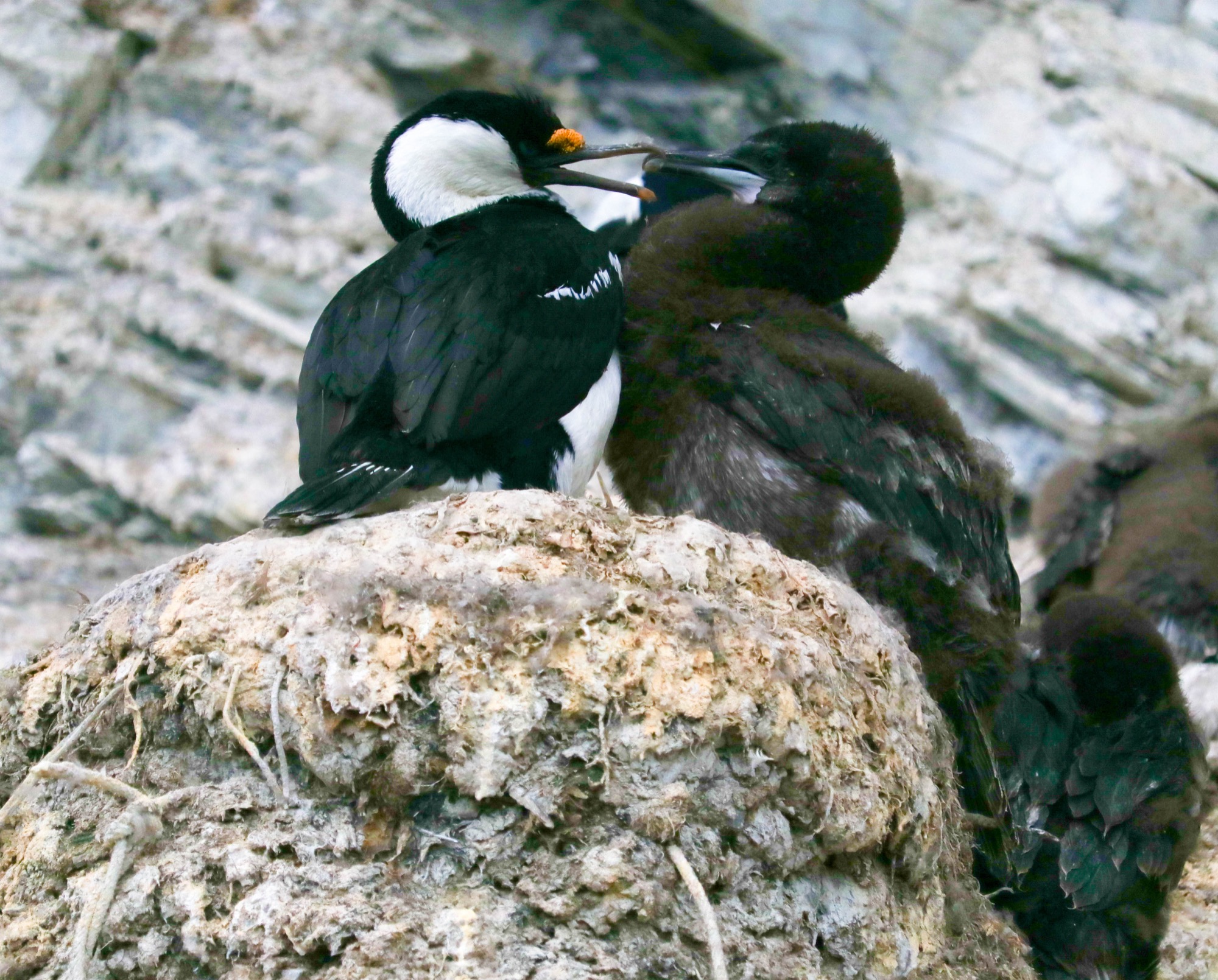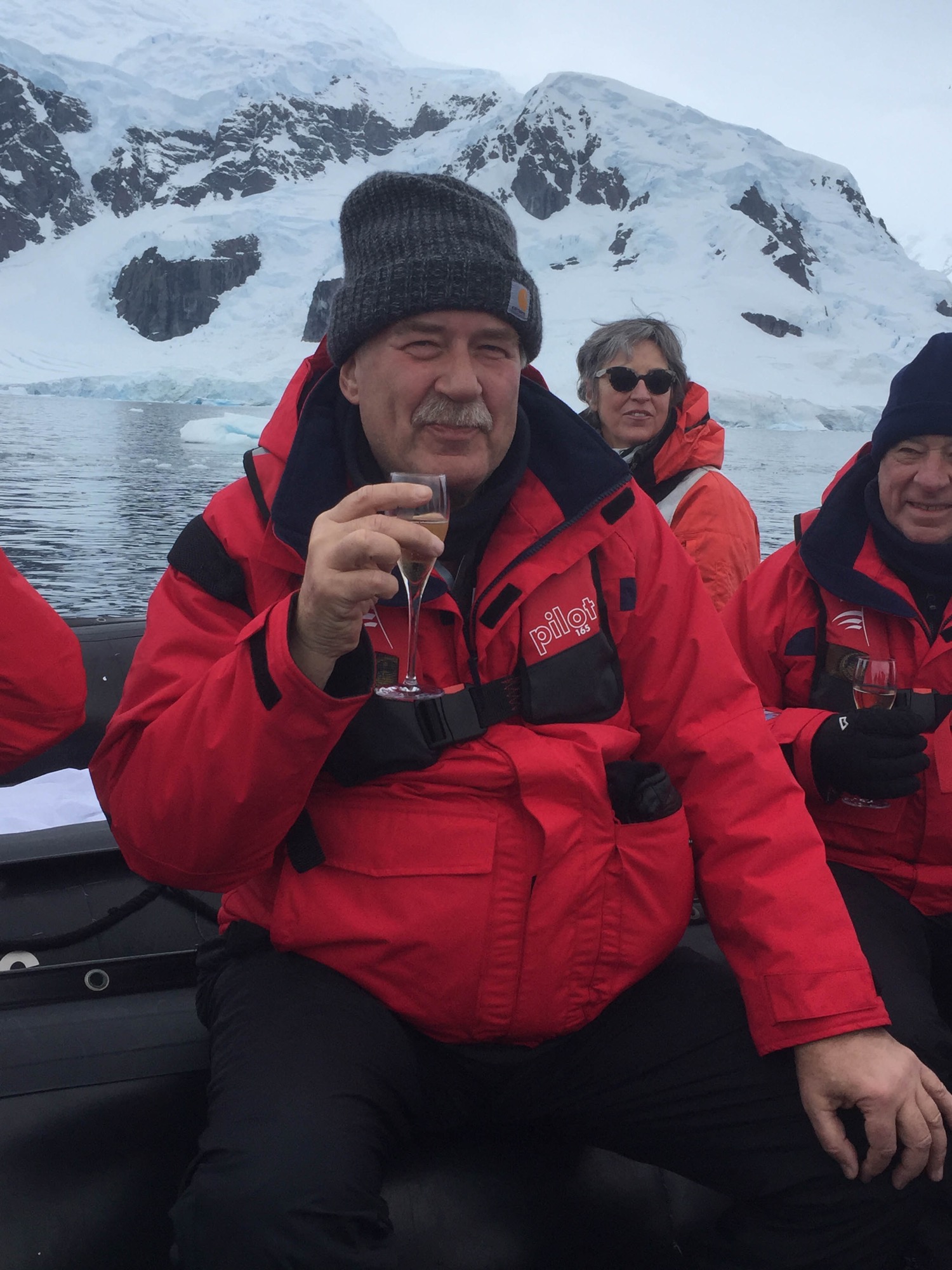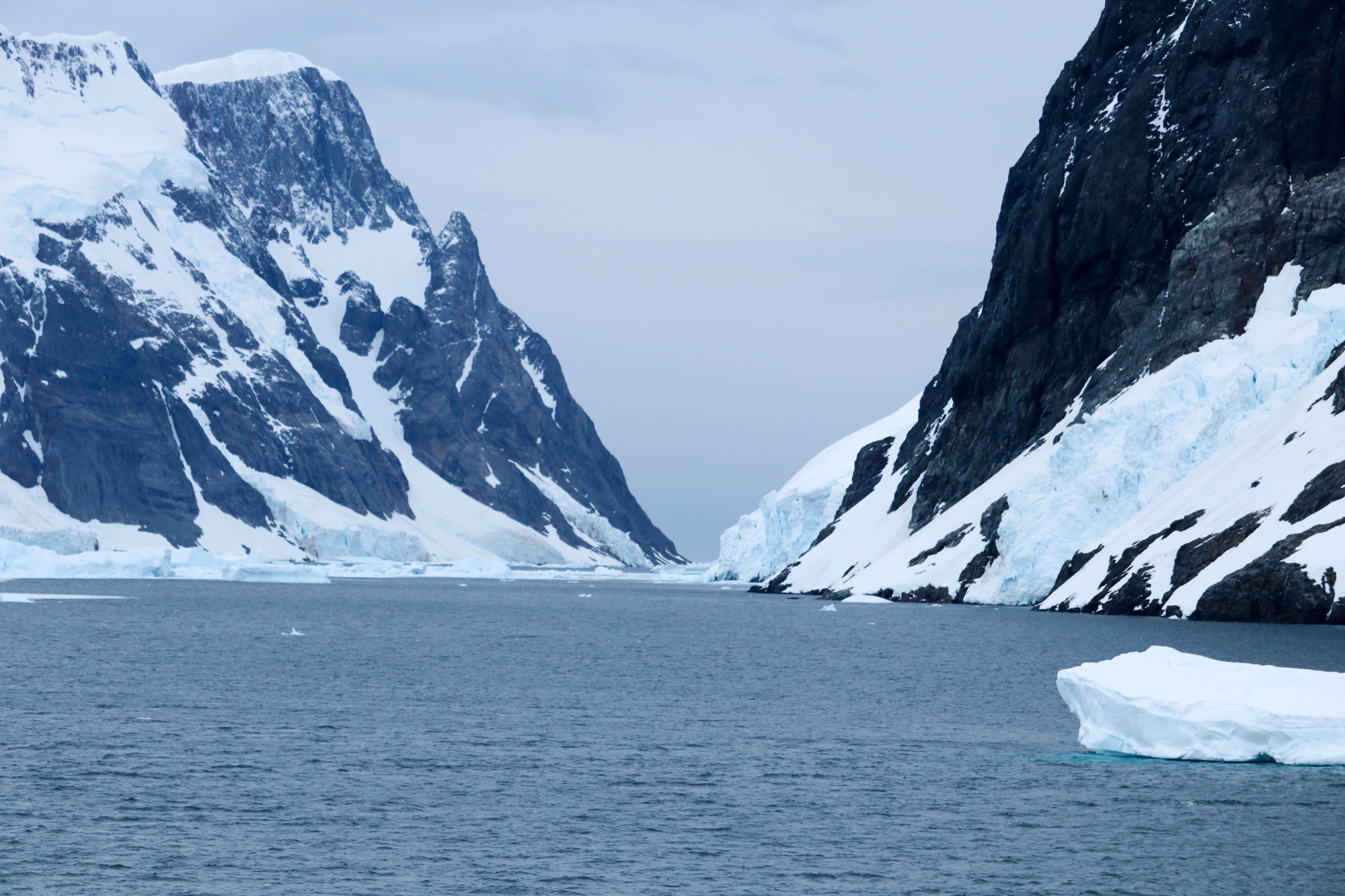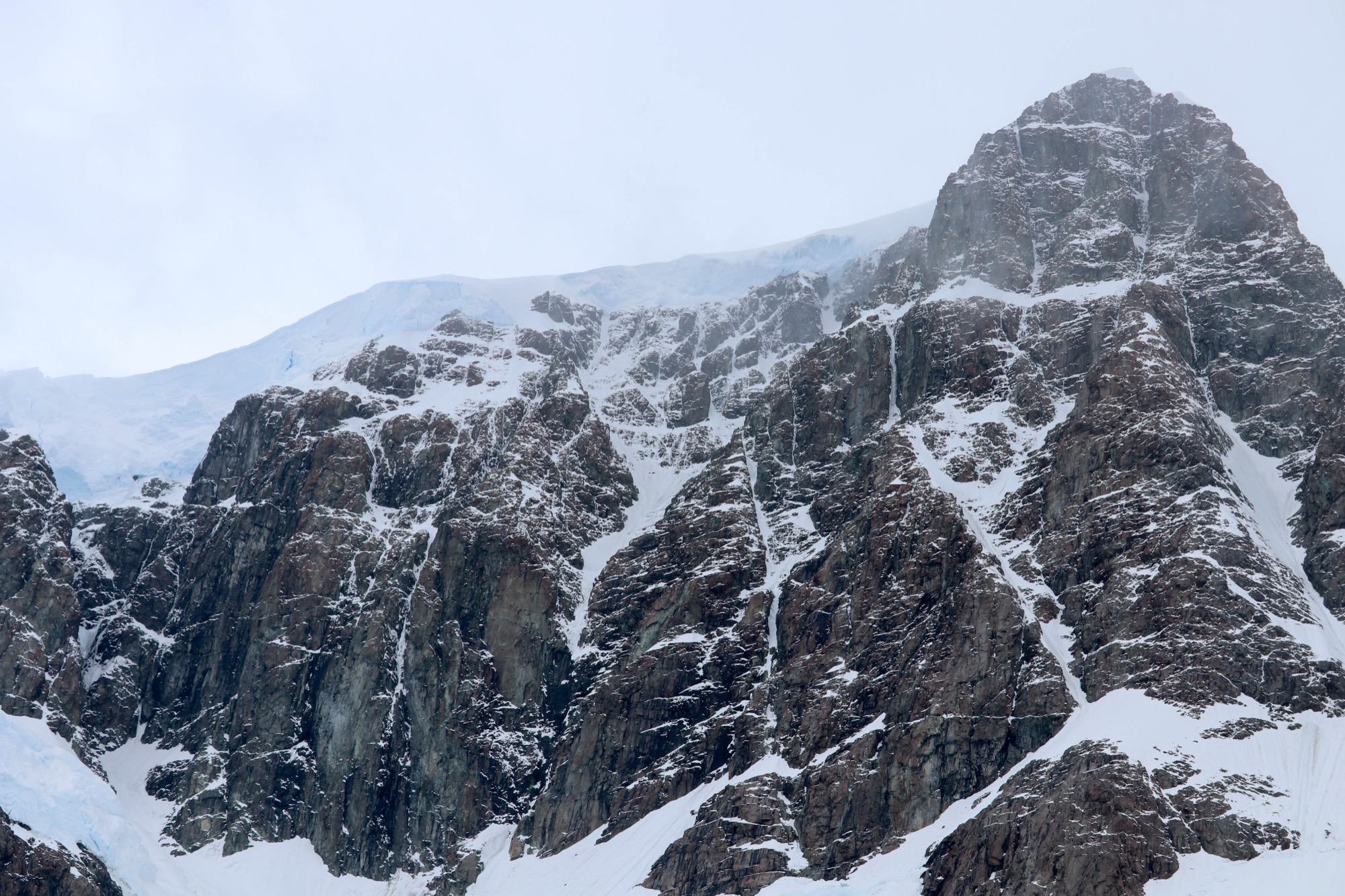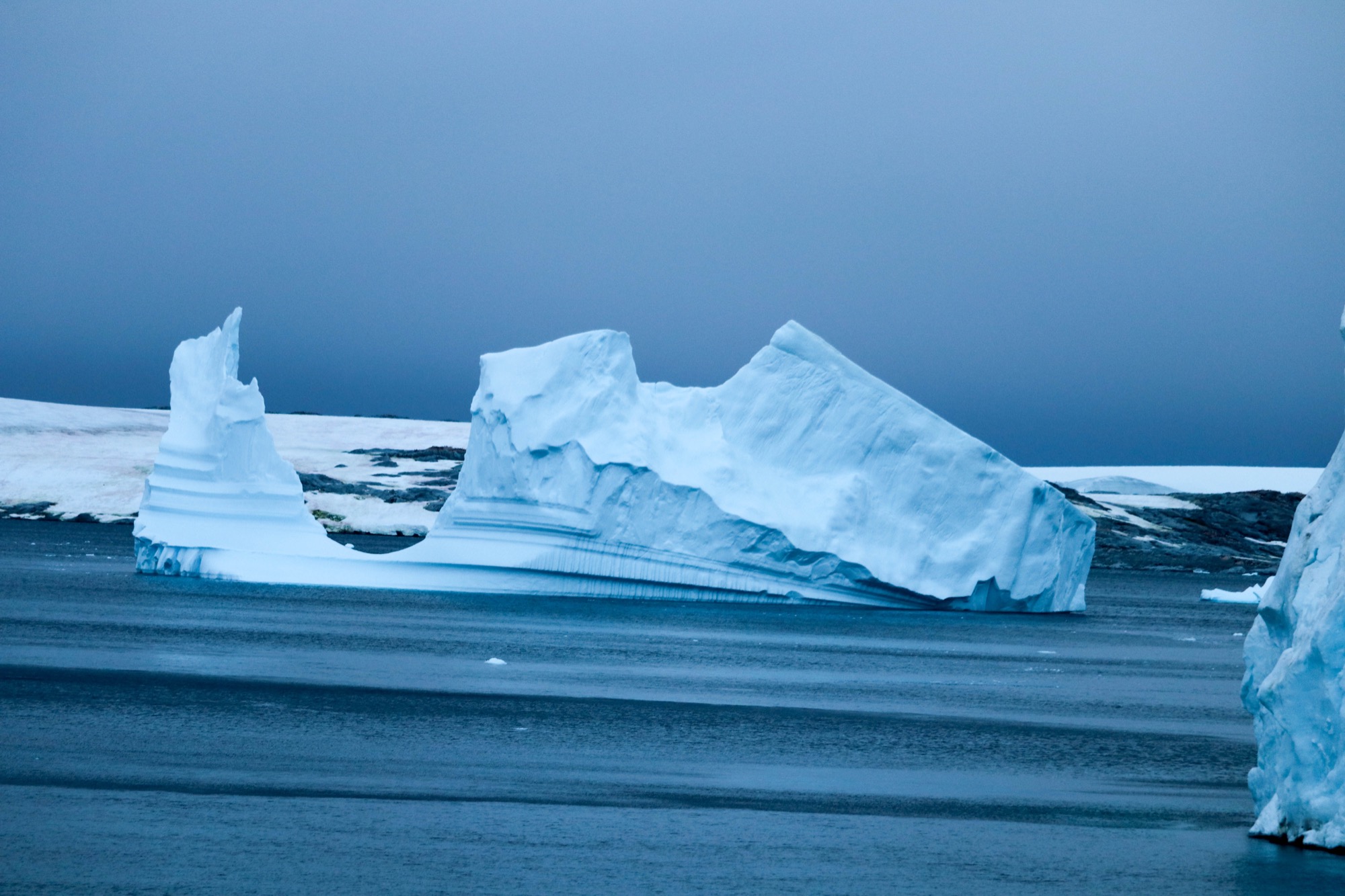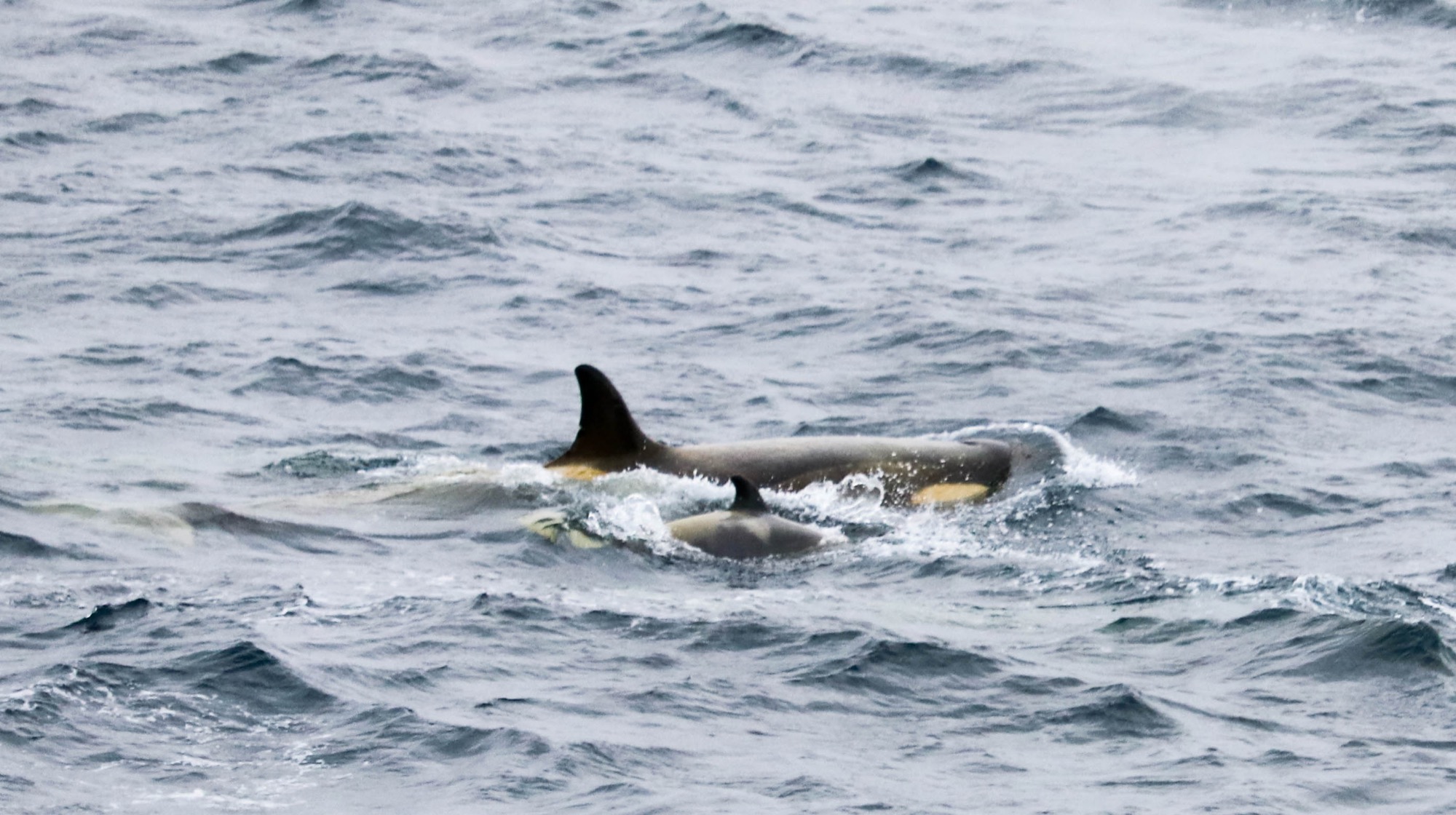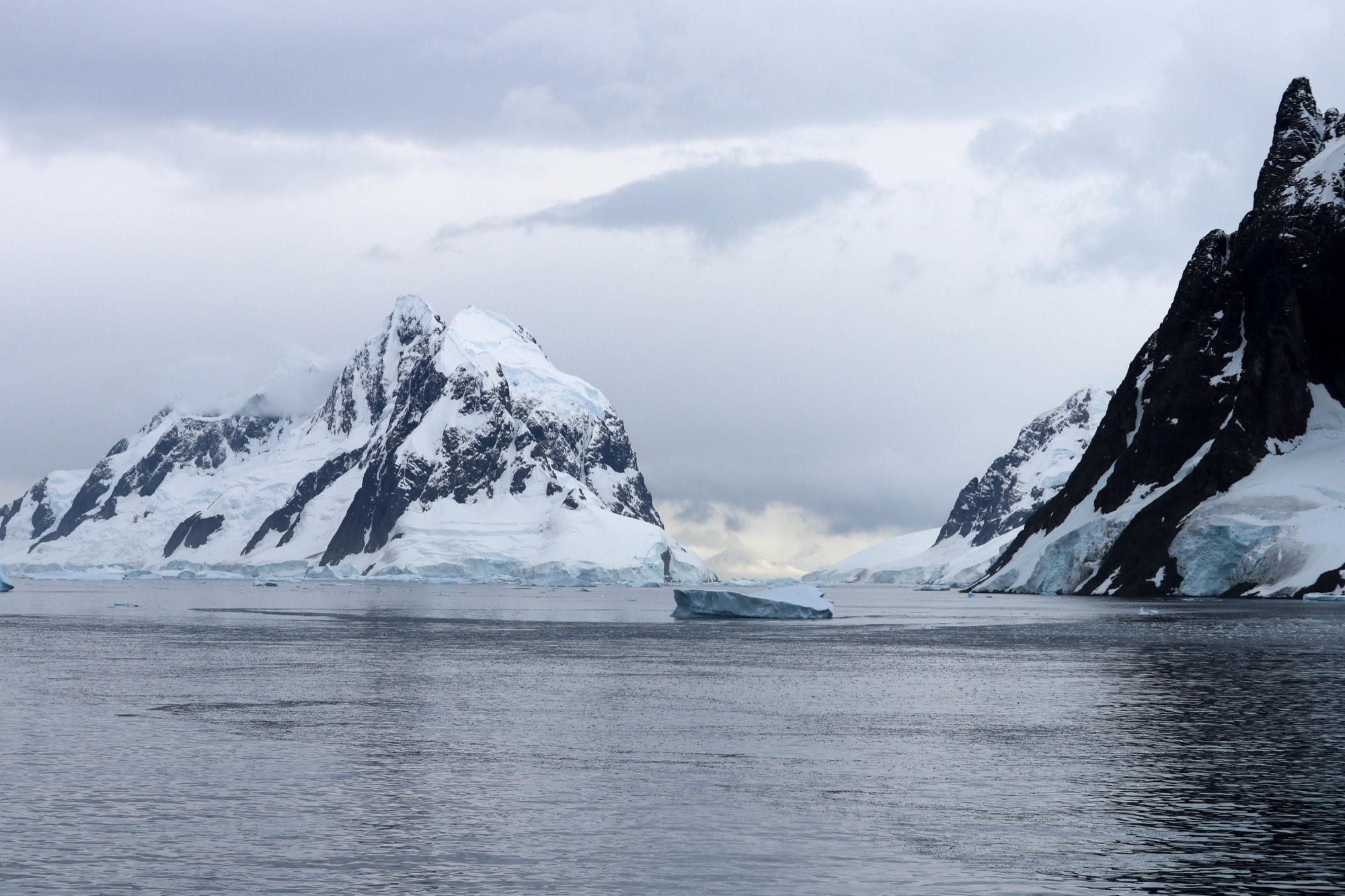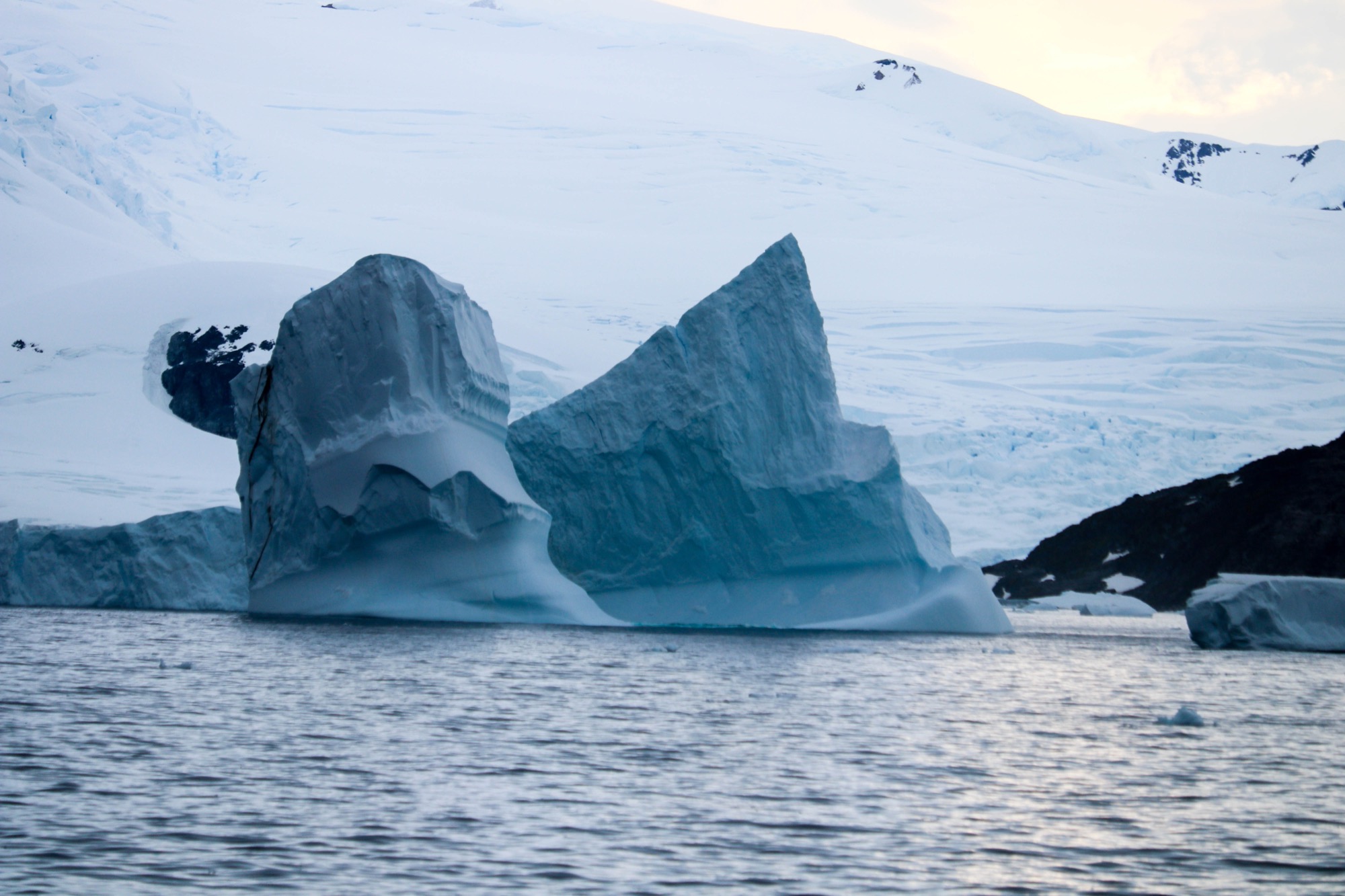Zodiac View
The beauty of the bay was very evident as we explored from our zodiac. The texture and shapes of the glacial ice where it met the sea captured our attention, as did the icebergs that were shaped and eroded by the constant motion of the ocean water.
We also saw small groups of Crabeater seals that had hauled out onto some pack ice and passed by an active Shag rookery. Paradise Bay was definitely not a misnomer.
